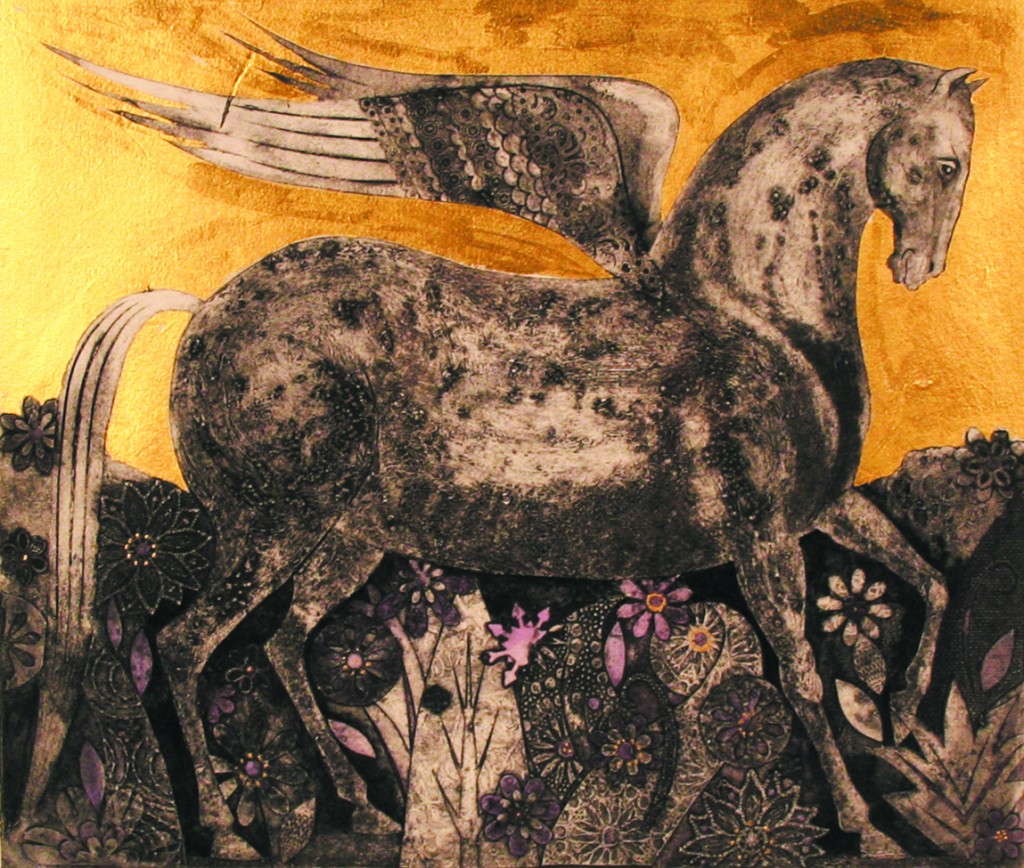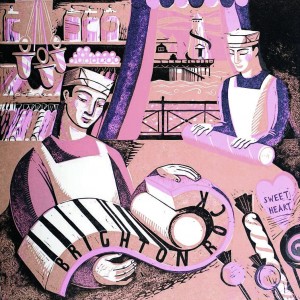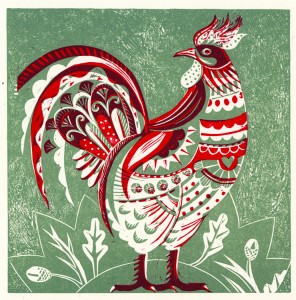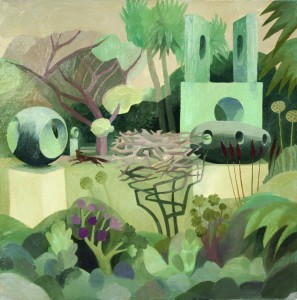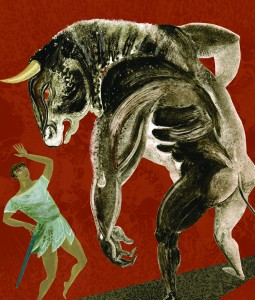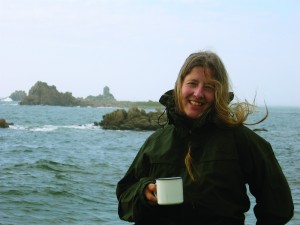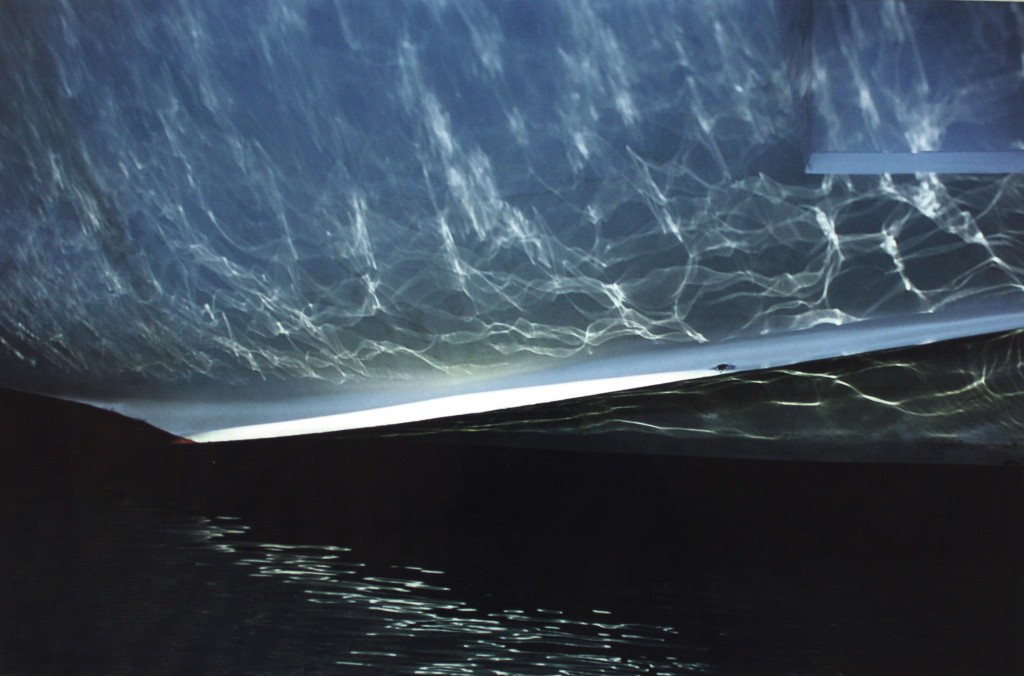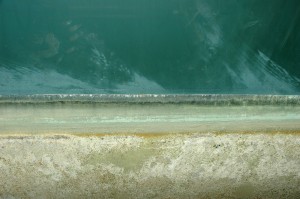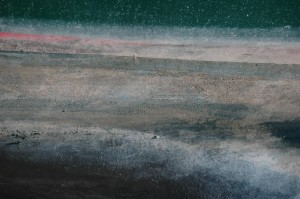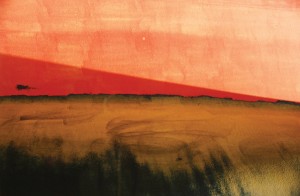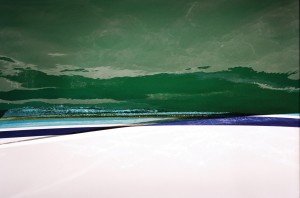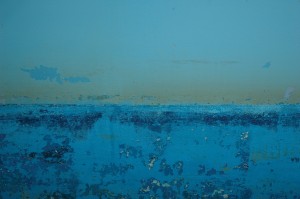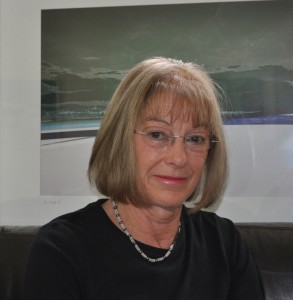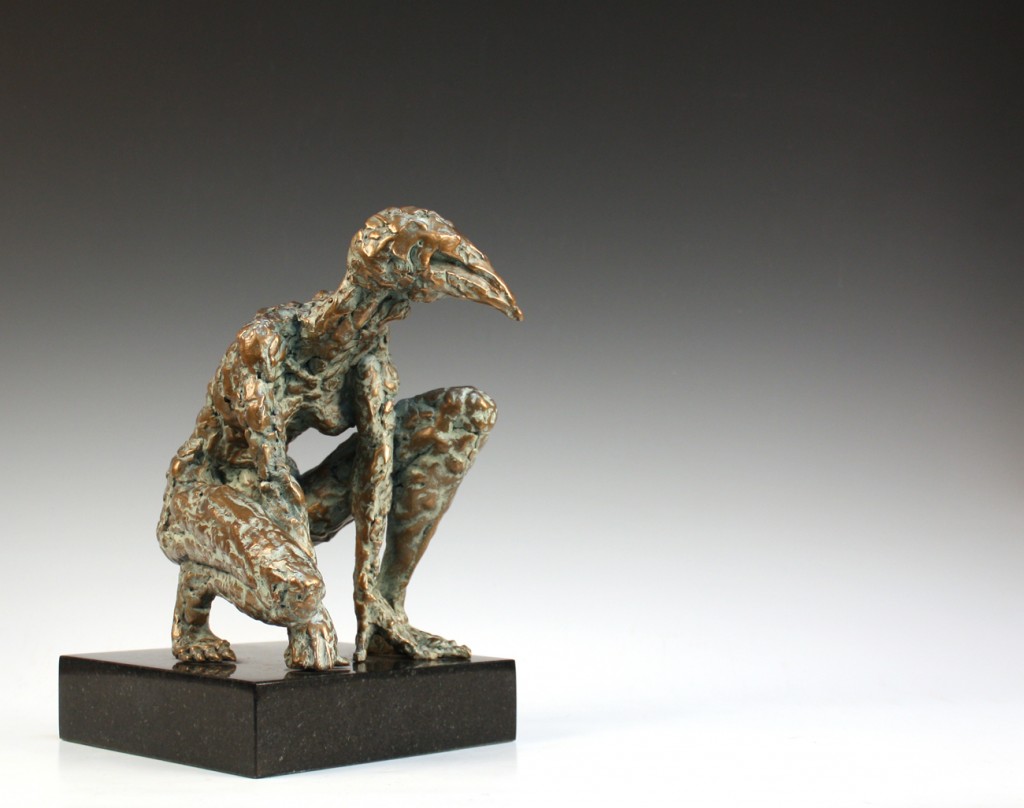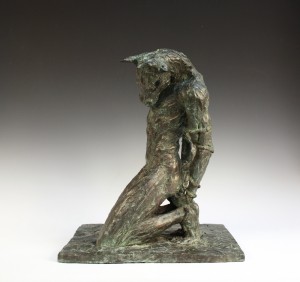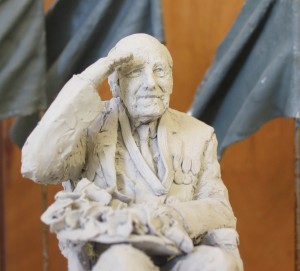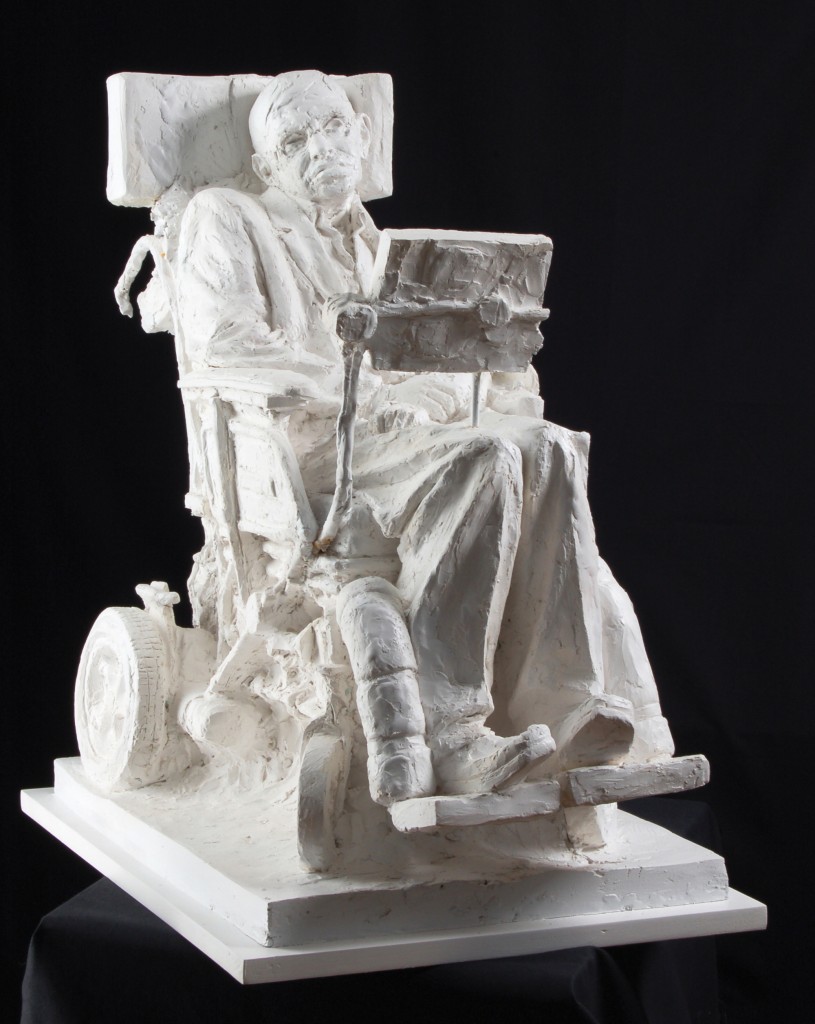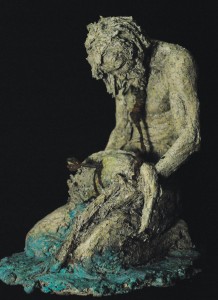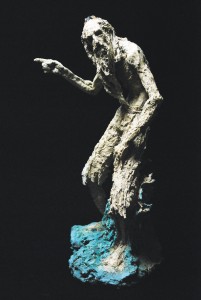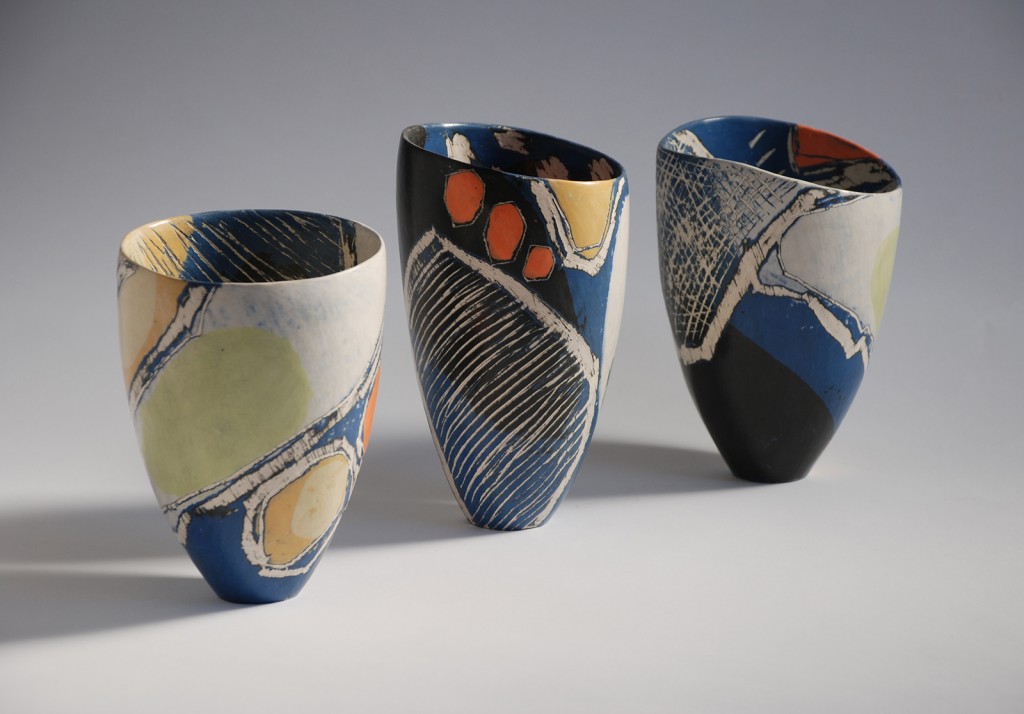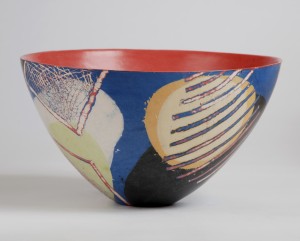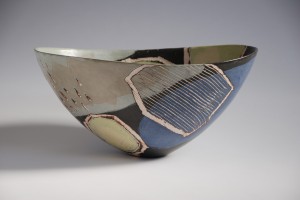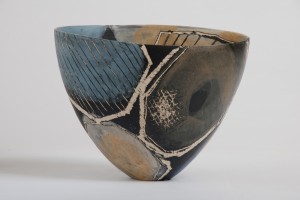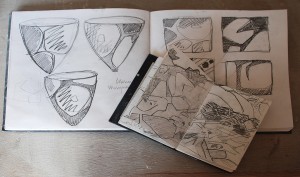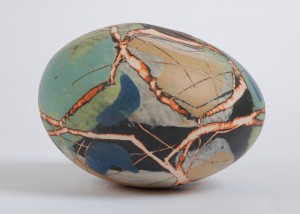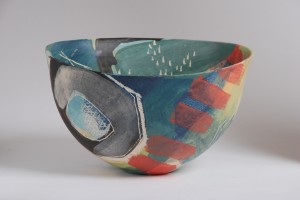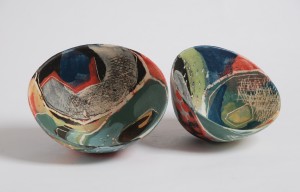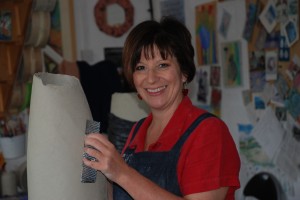Kate Wickham is a ceramicist who currently divides her time equally between London and Sussex. Working from her studios in Storrington and Camberwell she creates open vessels that are based on a range of themes, including seascapes, landscapes and interiors. Nicholas Toovey tells us more
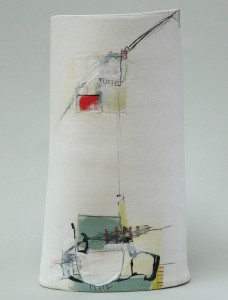
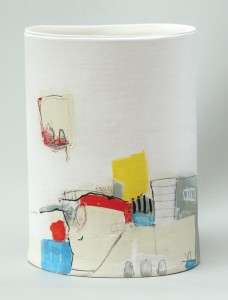
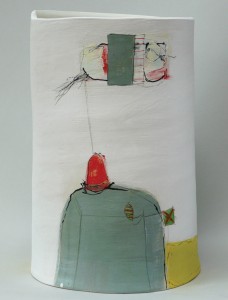
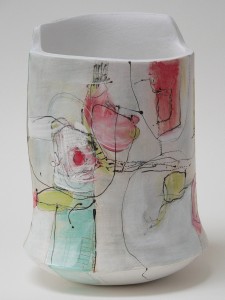
Born in Yorkshire, Kate spent her childhood growing up in Sheffield and Manchester, often visiting her grandmother in Steyning. Her father was a Suffragan Bishop who set up the revolutionary Sheffield Industrial Mission for the Church of England. Her mother was artistic to an amateur level but also a great collector, as a patron she knew many artists. Kate remembers a childhood home filled with paintings, ceramics and sculptures. Her parents understanding of the visual arts allowed her the freedom to move schools after her O-levels to the High School of Art in central Manchester. Here she studied her A-levels becoming fascinated with ceramics. She feels fortunate to have studied under some fabulous teachers throughout her education, during her foundation course at Rochdale, at the Camberwell School of Art where she obtained her first class degree and at the Royal College where she obtained her masters degree.
After higher education Kate settled in London, establishing herself in the art world and in 1987 obtained a position as tutor coordinator for the ceramic department at City Lit, a centre for adult education in London. Here she set up a Ceramic Diploma Course, allowing a new generation of ceramicists to enjoy informed tutelage by leading experts in the field of ceramics. It was not until the premature birth of her child after just 26 weeks of pregnancy that she considered dividing her time between London and Sussex. Her son was born with cerebral palsy and in the absence of a suitable school in London, Kate found a specialist school near Five Oaks. Ingfield Manor School has an approach towards conductive education and is overseen by the charity SCOPE. After living in a few locations in Sussex she settled in Storrington, moving to Sussex felt like coming home after her visits as a child. Her home is nestled at the foot of the South Downs with spectacular uninterrupted views of the rolling hills. Kate is still at City Lit where she now works as joint head of all visual arts and is proud of the recent Grade 1 Ofsted inspection, establishing the largest college for adult education as a centre for excellence in visual arts. Perhaps it was her own expert teachers throughout her schooling that has inspired her passion to establish herself as an excellent tutor. When other similar courses have closed in London, Kate is determined to preserve the course for the future to enable young people to benefit from it.
Kate has always found time to create. In addition to her studio in Storrington, she recently set up another studio in Vanguard Court, Camberwell, London. As a ceramicist Kate creates hand-built open vessels, the form is built from slabs of rolled white stoneware clay largely in an intuitive way. Kate always carries a sketchbook and after the open vessel has dried, she returns to these sketchbooks to seek inspiration for the decoration. This is carried out with various ceramic pigments, including oxides, underglaze colours and body stains. The vessels are hand painted using a gestural drawing technique, a very free approach that usually applies to capturing movement but which Kate has adapted to capturing the ‘feeling’ of a landscape, seascape or other subject in an abstracted way. Kate also paints on board and canvas and this often informs and echoes the work on her ‘three-dimensional’ canvas – the ceramic vessels. Does Sussex inspire her work? Very much so, she loves the freedom that walking on the South Downs provides and it is the almost aerial view of the landscape and patterns of the fields that translates onto the open vessels. Other areas of Great Britain also inspire her. She generally enjoys areas of wilderness such as the far west of Cornwall and the north-west of Scotland, particularly the Inner and Outer Hebrides. The feeling of ‘getting away from it all’ allows her to continue to be creative.
Once or twice a year Kate exhibits with Shirley Crowther Contemporary Art in Ditchling, but her work can be seen next at the ‘Ceramic Now’ exhibition with the Milton Gallery at St Pauls School, Barnes, from 17th November to 2nd December, followed by an open studio event in Camberwell in the beginning of December.
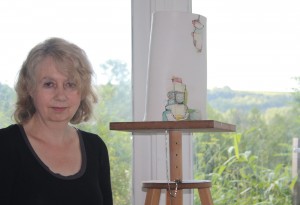
Kate has an instantly recognisable style, created by transferring the unique interpretation of her surroundings onto ceramics. She incorporates colours, textures, mark-making and uncomplicated abstraction with unrivalled success. Combining the sculptural qualities of the forms with her refined painterly decoration allows her open vessels to hold a strong, but not dominating, presence within an interior.
For more visit www.katewickham.com
Nicholas’ article was originally published in Sussex Life magazine in October 2011.
